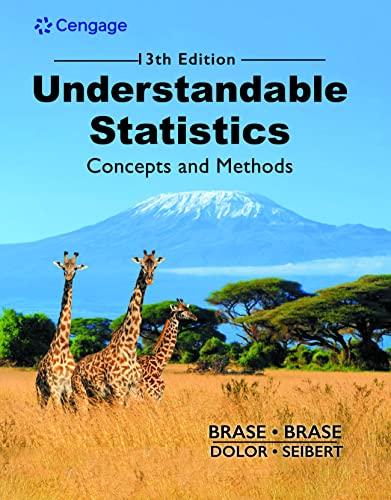Archaeology: Ireland Inorganic phosphorous is a naturally occurring element in all plants and animals, with concentrations increasing
Question:
Archaeology: Ireland Inorganic phosphorous is a naturally occurring element in all plants and animals, with concentrations increasing progressively up the food chain (fruit < vegetables < cereals < nuts <
corpse). Geochemical surveys take soil samples to determine phosphorous content (in ppm, parts per million). A high phosphorous content may or may not indicate an ancient burial site, food storage site, or even a garbage dump. The Hill of Tara is a very important archaeological site in Ireland. It is by legend the seat of Ireland’s ancient high kings (Reference:
Tara, An Archaeological Survey by Conor Newman, Royal Irish Academy, Dublin). Independent random samples from two regions in Tara gave the following phosphorous measurements (in ppm). Assume the population distributions of phosphorous are moundshaped and symmetric for these two regions.
Region I: x1; n1 512 540 810 790 790 340 800 890 860 820 640 970 720 Region II: x2; n2 516 750 870 700 810 965 350 895 850 635 955 710 890 520 650 280 993
(a) Use a calculator with mean and standard deviation keys to verify that x1 < 747.5, s1 < 170.4, x2 < 738.9, and s2 < 212.1.
(b) Let m1 be the population mean for x1 and let m2 be the population mean for x2. Find a 90% confidence interval for m1 2m2.
(c) Interpretation Explain what the confidence interval means in the context of this problem.
Does the interval consist of numbers that are all positive? all negative? of different signs? At the 90% level of confidence, is one region more interesting than the other from a geochemical perspective?
(d) Check Requirements Which distribution (standard normal or Student’s t) did you use? Why?
AppendixLO1
Step by Step Answer:

Understandable Statistics Concepts And Methods
ISBN: 9780357719176
13th Edition
Authors: Charles Henry Brase, Corrinne Pellillo Brase





